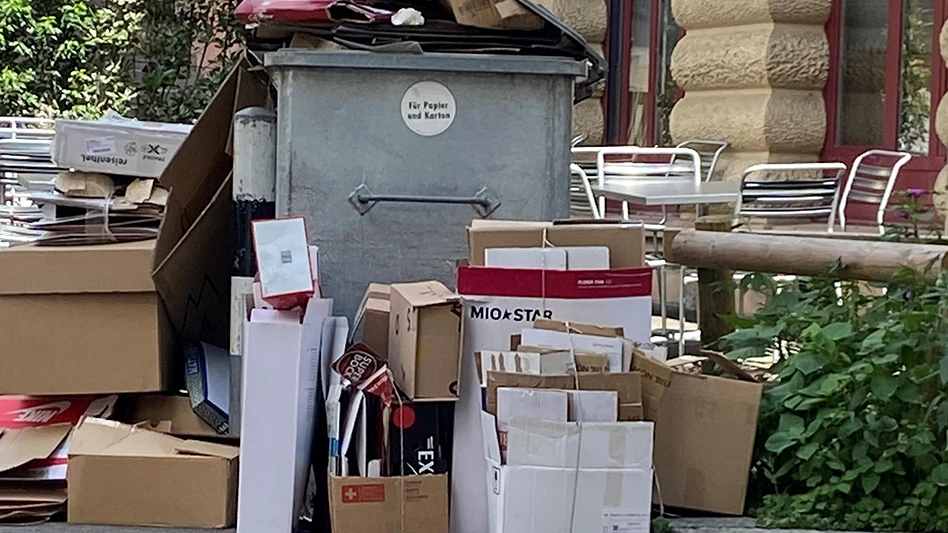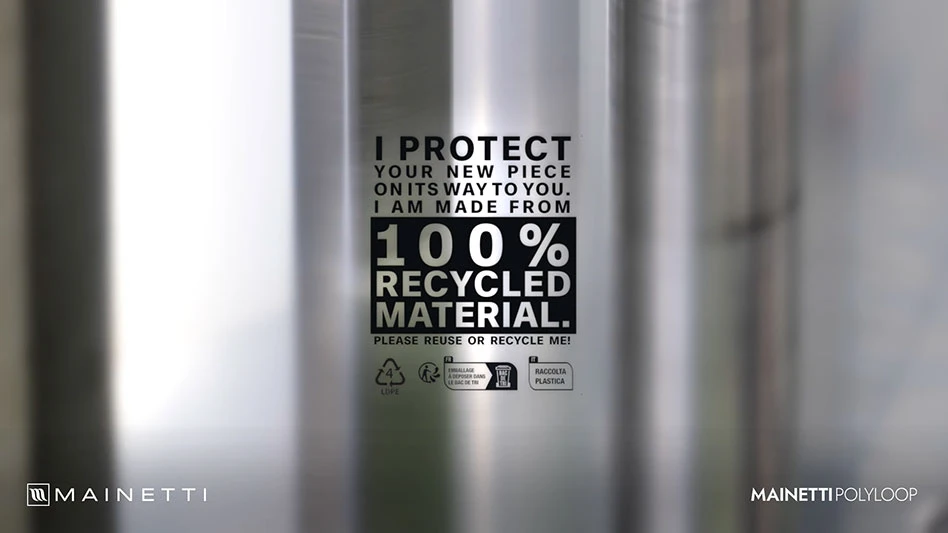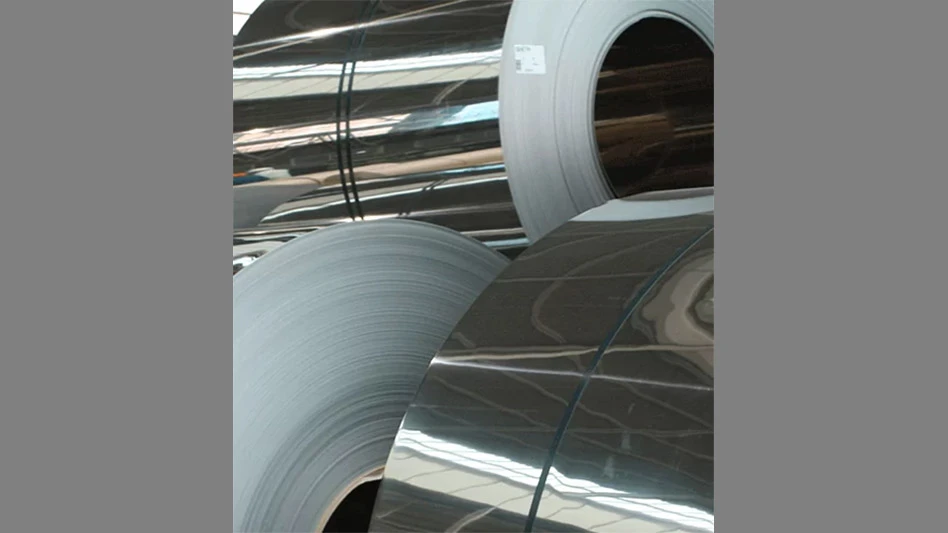
Recycling Today archives
The 2023 statistical year in review presented by the Brussels-based Confederation of European Paper Industries (CEPI) in mid-February portrayed last year as one that those driving the industry are glad to see in the rearview mirror.
The review, led by CEPI Director General Jori Ringman and Bernard Lombard, its trade and industrial policy director, showed an estimated 9.9 percent decline in packaging grades produced in Europe in 2023 compared with the previous year.
As noted by Lombard, most nations in Europe economy experienced modest (below 1 percent) gross domestic product (GDP) growth last year, with Germany being an exception with a GPD reduction. (CEPI’s market covers 861 paper mills within and outside the European Union, including the United Kingdom.)
The fact that Germany was a weak spot was one factor in the European paper sector woes, as Germany accounts for about 25 percent of paper and board consumption in Europe.
An overarching condition, however, involved German box makers working through accumulated inventory they had rebuilt in 2022 after COVID-19-related supply chain disruptions followed by more fears of disruption when Russia invaded Ukraine in February 2022.
Considering all paper grades, including the beleaguered printing and writing (P&W) sector, paper and board apparent consumption was down 15.3 percent in Europe in 2023. Referring to inventory reductions, or destocking, Lombard says, “Apparent consumption is not ‘actual’ consumption.”
In both the paper sector and wider economy, according to CEPI, “Changes in inventories contributed positively to EU GDP in 2021 and 2022 (stocking), but negatively in 2023 (destocking).”
For European paper recyclers, the situation meant the consumption of recovered fiber in the CEPI region fell by 7.3 percent in 2023 compared with the prior year.
CEPI cites P&W mill closures and destocking-related containerboard mill cutbacks as predominant factors in the recovered paper consumption drop.
The export market did not offer much relief to producers of finished paper, with Europe’s high energy costs often making its paper and board less competitive on the global market. Lombard remarked that Europe’s electricity costs and natural gas prices have drifted back closer to what they were before the Russian invasion of Ukraine, but also said natural gas currently costs three times as much on average in Europe than it does in the United States.
For recyclers, the export market did offer an alternative. Exports were up 58 percent in 2023—up from an exceptionally low level in 2022—and nearly doubled to Asia due to recovering demand.
While China has stood by its nonmarket-based decision to cut off recovered paper imports, that situation did provide one of the few statistical bright spots in the CEPI presentation covering 2023. According to the trade group, “Market pulp production [in the CEPI region] grew by 4.8 percent in 2023, driven by dynamic exports to China.”
Looking ahead, CEPI notes that most economic forecasts have Europe remaining in slow growth mode this year.
Hope for the paper and board sector may lie in a perceived end of the destocking stage on the continent. “For the manufacturing industry in general, the destocking cycle lasted most of 2023 to come to an end at the turn of the year,” CEPI says.
Latest from Recycling Today
- Study highlights progress, challenges in meeting PCR goals for packaging
- Washington legislature passes EPR bill
- PureCycle makes progress on use of PureFive resin in film trials
- New copper alloy achieves unprecedented high-temperature performance
- Gränges boosts profits and sales volume in Q1 2025
- RMDAS April figures show recycled steel price setback
- Steer World offers PEX plastic recycling machine
- New recycling grant program launches in Massachusetts





